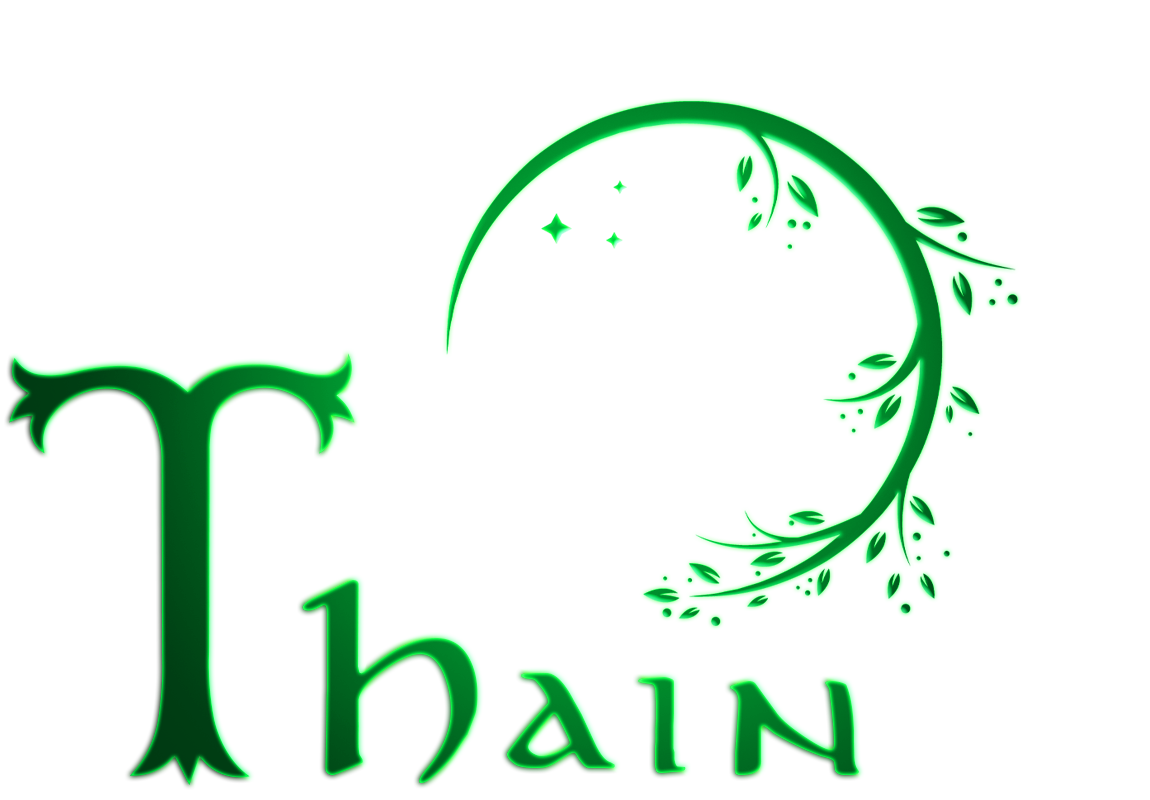Player Events- Overview and Summon Commands
On Thain, a “Player Event” is an event that is run entirely through the player client. Thain offers a suite of tools to enable these events, effectively allowing players to perform a variety of roles normally only available to DMs, such as:
-Creating NPCs and hostile creatures, and moving them around
-Creating props and magical items
-Using placeable objects to detail a scene
-Using visual effects to further make yourself, a summoned creature, or a placeable stand out.
This page will focus primarily on using summons in player events. For more details on using props and placeables, see the page on player events- props and placeables.
The Mechanics of Player Eventing- Summons
Important note:
-These commands are often used in situations where there is NO DM present, and that everything in the event is truly player-run.
-Commands with brackets [ ] do not have the brackets when typed in game- they are used here only for clarity, but all ingame commands start with a single / .
Making your own NPCs:
Thain has a host of commands to allow you to change the appearances of your summons, familiars, and animal companions: The list of all possible appearances can be found here. To use these appearances, summon a creature, then type [/summonappearance ###], without brackets, where ### is the number of the summon appearance you wish to use. This is invaluable to setting the stage for your event, if you wish to use a narrator, plot hook, etc, that your character might otherwise not have access to.
Dressing your summon/familiar/animal companion:
Method 1: Using the HUD
Once you have an appropriate summon, you may wish to change them visually. One way to do this is through the HUD system. If you choose one of the “basic” appearances (0-6), your summon will appear to be invisible. You will need to use the /summoncopy command to copy over your appearance to the summon- this allows you to create specific armors, cloaks, helms, weapons, etc. for your summons to use (note that these are only visual appearances, the summons do not gain the mechanical properties of any items).
From there, your summon may still lack a head model. You can use the /npchud command to be given a targeting icon. Click on the summon you want to update and choose a head model, accessories, etc. for the summon. You can also use this command to have the summoned creature make rolls and perform emotes.
Finally, you may wish to use the [/summonvfx ###] command to select a VFX for your summon. These VFX can be found in the VFX.2da file pinned in the adeptus_mechanus channel of the Thain discord. Typically summons can use any VFX that begins with the prefix vfx_dur.
Method 2: Using default summon appearances:
If the creature you’re creating isn’t one of the six base races, you will likely need to use one of the other appearance listed in the summon appearance list above. Once you have created this summon, you can still use the [/summonvx ###] commands to give the summon a visual effect. You can also still use the [/npchud] command to have the summon make skill rolls and perform emotes.
The Mechanics of Player Eventing: Additional Summon Commands
-When you have something you’re ready to use, [/summonname ###] and [/sumdesc ###] will allow you to change your summon’s name and description.
[/summonscale ###] (range is 50-150) can be used to change how large/small your summon is.
-You can give your summons wings by using the commands [/summonwings #] Set the wing type with 0-6.
-The command [/namesumapp (name)|(number)] to change the name and appearance of your summon both at once. For example, /namesumapp Bob|123 will give you a summon with the name of Bob and the appearance 123.
-The commands [/nextsummonappearance ###], [/nextsummonname ###] [/nextsummonscale ###], [/nextsummondesc ###], and [/nextsummonvfx ###] specify the appearance, name, scale, description and initial VFX for the next summon. Changes you make carry over if you cast the spell into a spell gem or prop too!
-The command [/clearsummons] will clear all summon commands.
-Most of these commands apply to animal companions and familiars as well, simply substitute “familiar” or “companion” (or “fam” and “comp” anywhere you see “summon” or “sum”
Important note: Currently anything classified as a henchman or that is dominated (certain specific summons like the dirgesinger song of awakening summon or the final palemaster summon, anything controlled with Animal Empathy or certain gold chest items) cannot have their appearances changed, but you can still speak through them using /tkhench or /tkdom).
Extra tip: If you have a dominated creature (via a gold chest item, spell effect like Elemental Swarm, etc.), use the command /dismissdom to release them without having to rest.
Releasing Summons
Typing [/releasesummon] will open a menu allowing you to pick the faction you wish your summon to belong to. Any vfx changes, name changes, scale changes, etc., will copy over when the summon is released. Releasing a summon removes it from your control, allowing you to set up encounters for later. You can talk through summons you have previously released by using [/tknpc].
Extra tip: Use the command [/nextreleasesummon (faction name)] (e.g.: [/nextreleasesummon hostile] or [/nextreleasesummon Iron City]) to specify which faction the next summon will automatically join. Useful for summoning multiple hostile things in a small area so they don’t attack each other.
Extra tip: [/destroysummon] will destroy the nearest released summon once owned by you. Please clean up after yourselves.
Please keep in mind that hostile released summons should not be left near transitions or in areas where they are likely to hinder low-level players. Currently the server supports having up to 15 released summons per map, but please be mindful of lag, especially in already-crowded maps.
